This post may contain affiliate links. Please read our disclosure policy.
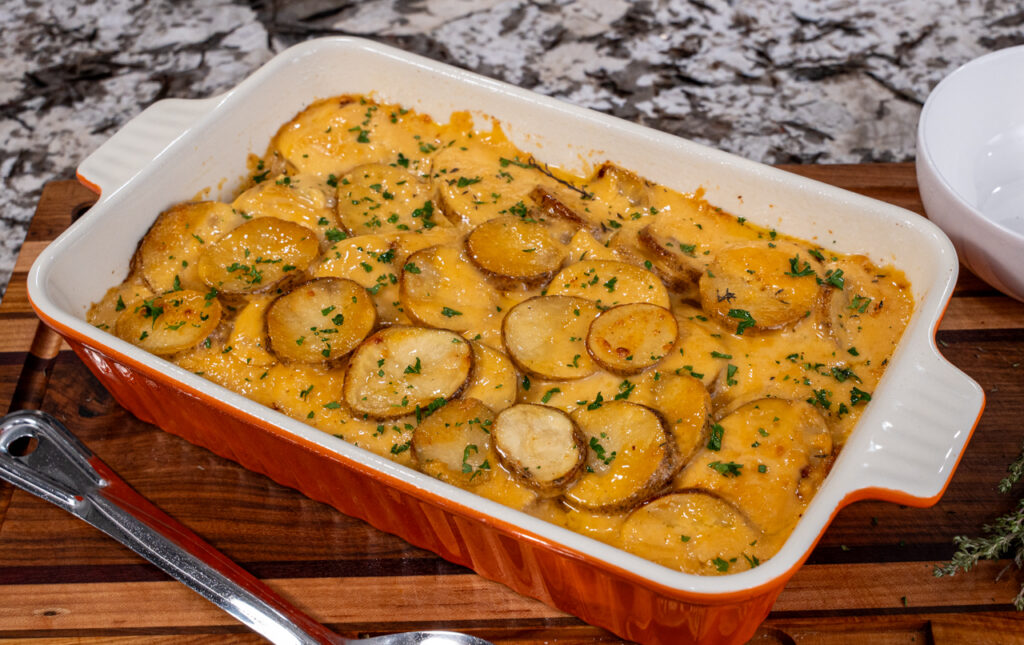
Table of Contents
Scalloped potatoes are the ultimate comfort-food side dish. Thinly sliced russet potatoes are layered with a rich, velvety cheese sauce and baked until tender, golden, and irresistibly creamy. Whether you are hosting a holiday dinner, preparing a Sunday family meal, or simply craving something warm and satisfying, this classic recipe delivers every time.
In this post, you will find everything you need: step-by-step instructions, helpful tips for achieving the perfect texture, variations to make it your own, serving suggestions, and a full FAQ section.
Why You’ll Love This Recipe
- Perfectly creamy and cheesy
- Simple ingredients you already have on hand
- A reliable side dish that pairs with almost anything
- Great for holidays, potlucks, or weeknight dinners
Scalloped Potatoes Ingredients
Potatoes
- 4-6 large russet potatoes (about 2 lbs), peeled and thinly sliced
Cheese Sauce
- 3 tablespoons butter
- 3 tablespoons all-purpose flour
- 2 cups whole milk, warmed
- 1 1/2 cups sharp cheddar cheese, shredded
- 1/2 cup grated Parmesan cheese
- 2 cloves garlic, minced
- 1 teaspoon salt
- 1/2 teaspoon black pepper
- 1/2 teaspoon dried thyme (or fresh thyme for garnish)
- Optional: 1/4 teaspoon nutmeg
How to Make Scalloped Potatoes
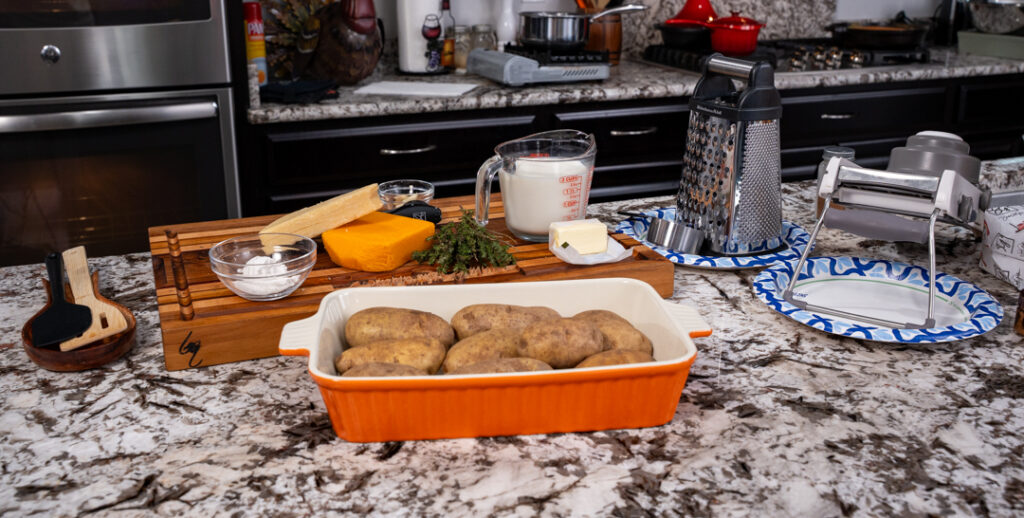
1. Preheat the Oven
Preheat your oven to 350°F (175°C). Butter a 9×13-inch baking dish to prevent sticking.
2. Cook the Garlic Butter
In a medium saucepan over medium heat, melt the butter. Add the minced garlic and cook for 1 minute, until fragrant but not browned.

3. Make the Roux
Add the flour and whisk continuously for about 2 minutes. The mixture should turn lightly golden. This roux will thicken your sauce.

4. Whisk in the Milk
Slowly pour in the warmed milk, whisking constantly to keep the sauce smooth. Continue cooking for 5–7 minutes until thickened enough to coat a spoon.
5. Melt in the Cheese
Remove the saucepan from the heat. Stir in 1 cup of cheddar cheese, all the Parmesan, salt, pepper, thyme, and optional nutmeg. Mix until smooth and creamy.
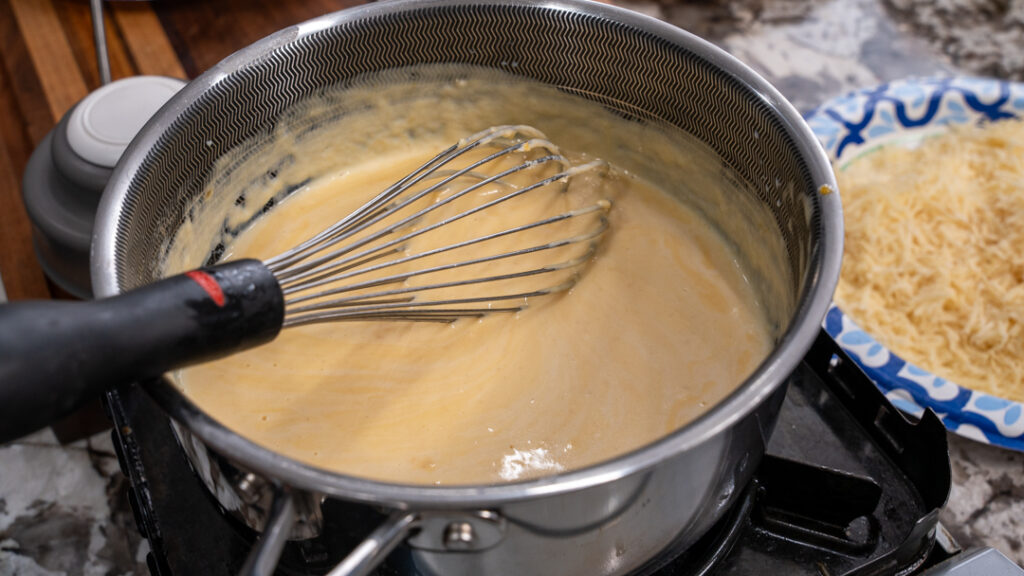
6. Layer the Potatoes
Spread half of the sliced potatoes in the bottom of the baking dish. Pour half of the cheese sauce over them. Repeat with the remaining potatoes and sauce.
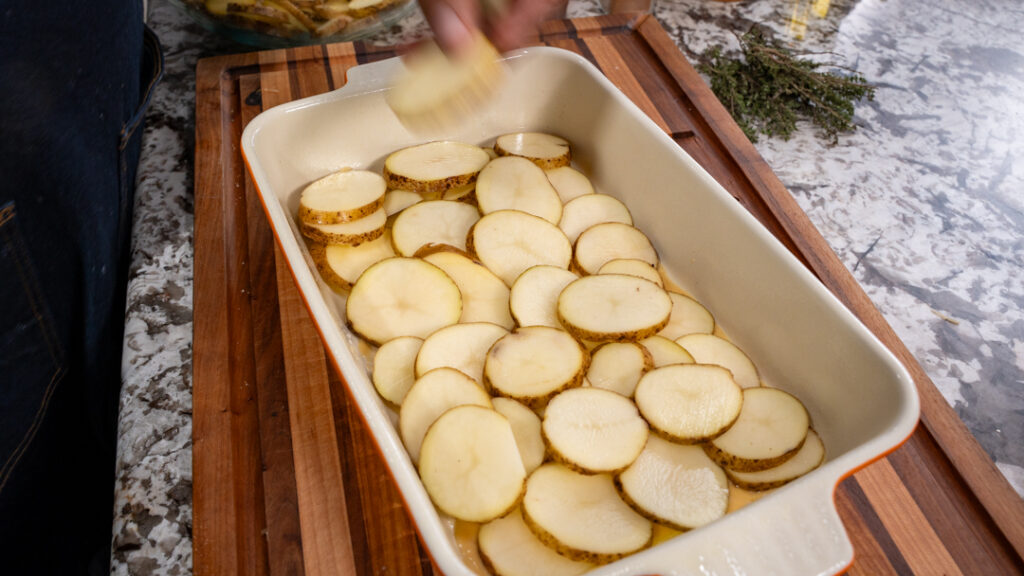
7. Bake
Cover the dish tightly with foil and bake for 45 minutes. Remove the foil and bake an additional 20–30 minutes, or until the potatoes are fork-tender and the top is golden and bubbly.
8. Rest and Serve
Let the potatoes sit for 10 minutes before serving, allowing the sauce to thicken. Garnish with fresh thyme if desired.
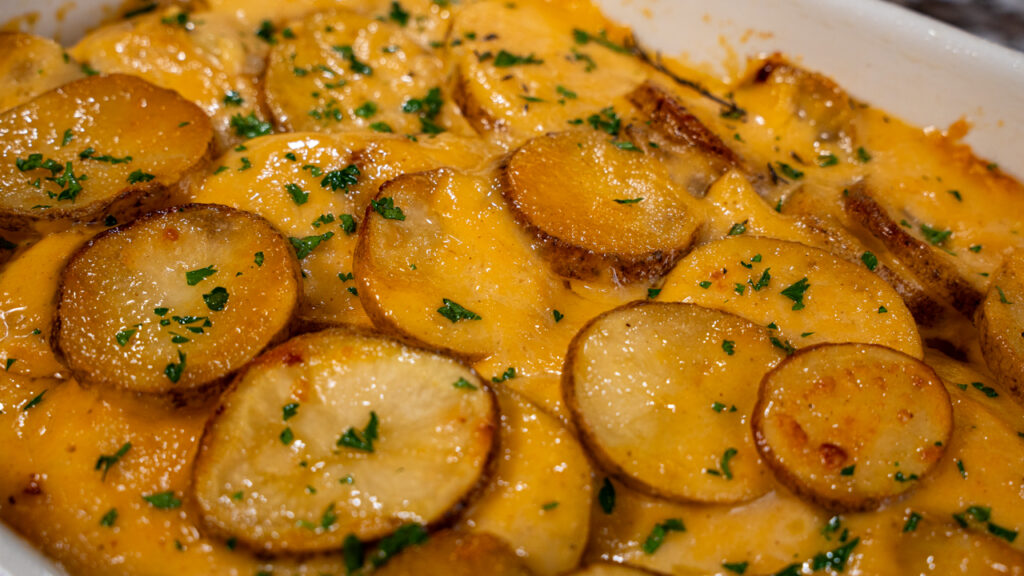
Recipe Variations
Cheesy Scalloped Potatoes
Add different cheeses such as Gruyère, Monterey Jack, smoked Gouda, or white cheddar for a deeper, richer flavor.
Bacon Scalloped Potatoes
Crisp 6–8 slices of bacon and sprinkle them between the layers before baking.
Onion Scalloped Potatoes
Sauté thinly sliced onions in butter and layer them with the potatoes to add sweetness and depth.
Herb and Garlic
Increase the garlic and add fresh herbs like rosemary, parsley, or chives for an aromatic twist.
Spicy Scalloped Potatoes
Stir cayenne pepper, smoked paprika, or red pepper flakes into the cheese sauce for heat.
Creamy No-Cheese Traditional Style
Skip the cheese and add 1/2 cup heavy cream to the sauce for a more classic, old-fashioned version.
What to Serve With Scalloped Potatoes
Scalloped potatoes pair beautifully with a wide range of main dishes. Here are some favorites:
Protein Pairings
Vegetables and Sides
- Green beans
- Steamed broccoli
- Sautéed spinach
- Glazed carrots
- Garden salad
Frequently Asked Questions
What is the difference between scalloped potatoes and au gratin potatoes?
Scalloped potatoes typically have a creamy sauce but no cheese in classic versions. Potatoes au gratin usually include cheese in both the sauce and on top. This recipe leans closer to au gratin because it contains cheddar and Parmesan.
Can I slice the potatoes ahead of time?
Yes, but place the sliced potatoes in cold water to prevent browning. Dry them well before layering.
Can I use a different type of potato?
Yukon Gold potatoes work well because they stay creamy and hold their shape. Avoid red potatoes as they can become waxy.
Why are my scalloped potatoes still firm after baking?
Two common reasons:
- The slices were cut too thick.
- Not enough baking time.
Continue baking uncovered until fully tender.
Can I make scalloped potatoes ahead of time?
Yes. Assemble the dish, cover, and refrigerate for up to 24 hours before baking. Add an extra 10–15 minutes to the bake time if starting cold.
Can scalloped potatoes be frozen?
While possible, the texture may change after thawing due to the dairy content. Fresh is always best.
How do I reheat leftovers?
Reheat in a 325°F oven, covered, for 20–25 minutes, or microwave individual portions until warm.
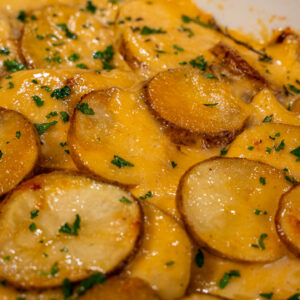
Creamy Scalloped Potatoes
Ingredients
- 4 large russet potatoes about 2 lbs, peeled and thinly sliced
- Cheese Sauce
- 3 tablespoons butter
- 3 tablespoons all-purpose flour
- 2 cups whole milk warmed
- 1 1/2 cups sharp cheddar cheese shredded
- 1/2 cup grated Parmesan cheese
- 2 cloves garlic minced
- 1 teaspoon salt
- 1/2 teaspoon black pepper
- 1/2 teaspoon dried thyme
- Optional: 1/4 teaspoon nutmeg
Instructions
- Preheat oven to 350°F (175°C). Butter a 9×13-inch baking dish.
- Melt butter in a medium saucepan over medium heat. Add garlic and cook for 1 minute until fragrant.
- Add flour and whisk constantly for 2 minutes to form a light golden roux.
- Slowly whisk in the warmed milk. Cook for 5–7 minutes until thickened.
- Remove from heat and stir in 1 cup cheddar, all Parmesan, salt, pepper, thyme, and optional nutmeg. Mix until smooth.
- Arrange half the sliced potatoes in the dish. Pour half the cheese sauce over them. Repeat with remaining potatoes and sauce.
- Cover with foil and bake for 45 minutes. Remove foil and bake an additional 20–30 minutes, until potatoes are tender and top is golden.
- Rest for 10 minutes before serving. Garnish with fresh thyme if desired.
Nutrition
Nutrition information is automatically calculated, so should only be used as an approximation.
Like This? Leave a comment below!


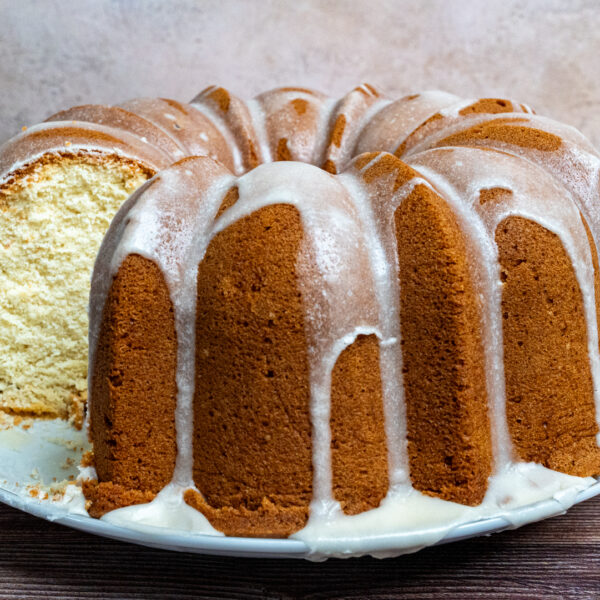

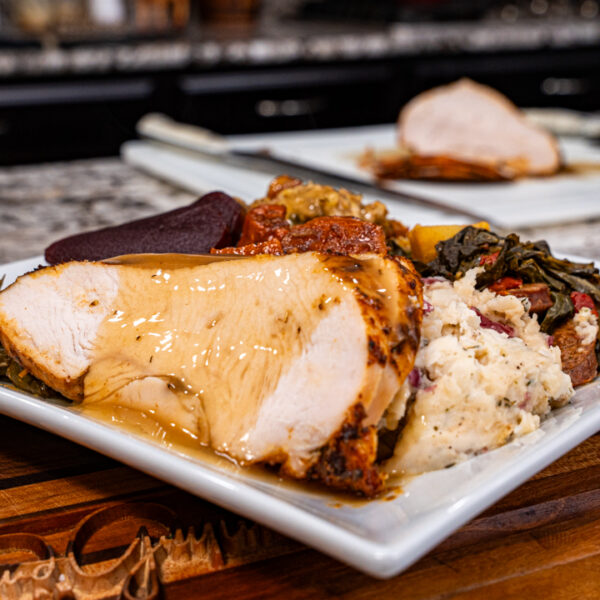
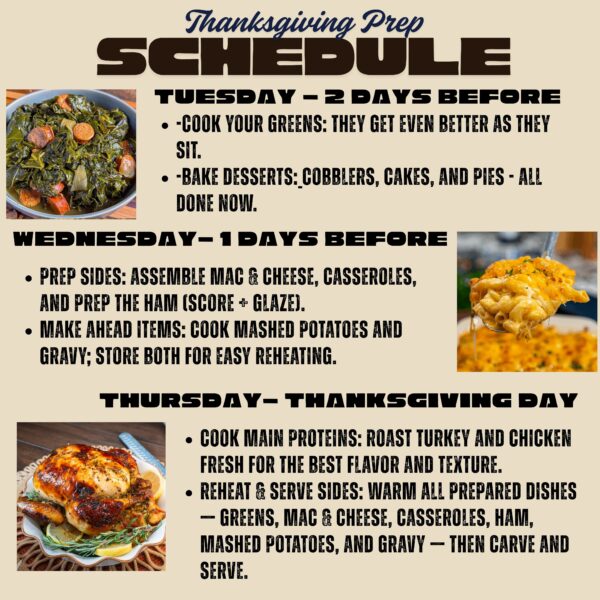









Easy ingredients that are readily available at any grocery store, and the prep isn’t overtaxing. If you watch AB’s YouTube demonstration, he gives a great tutorial on how to make the cheese sauce and roux.